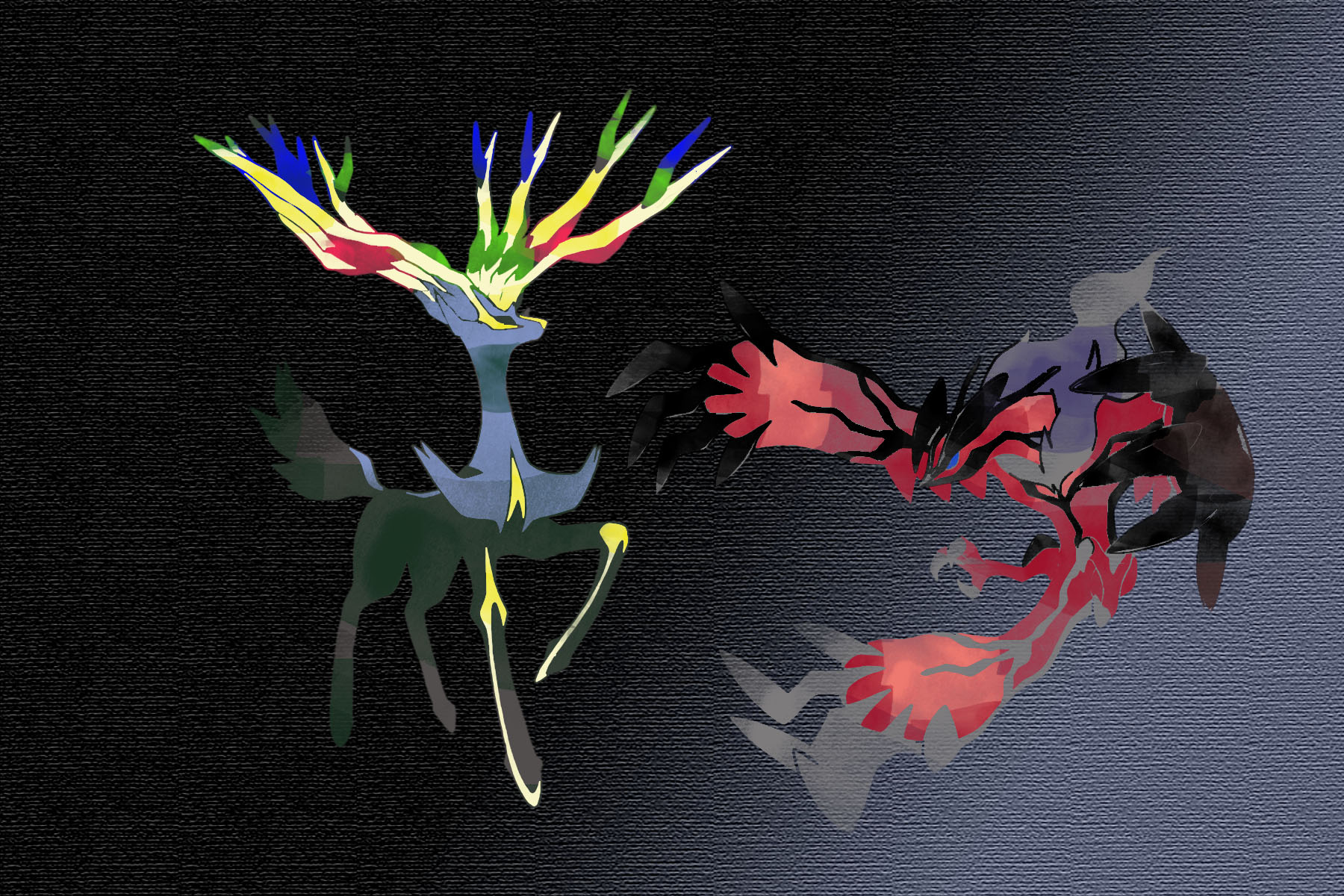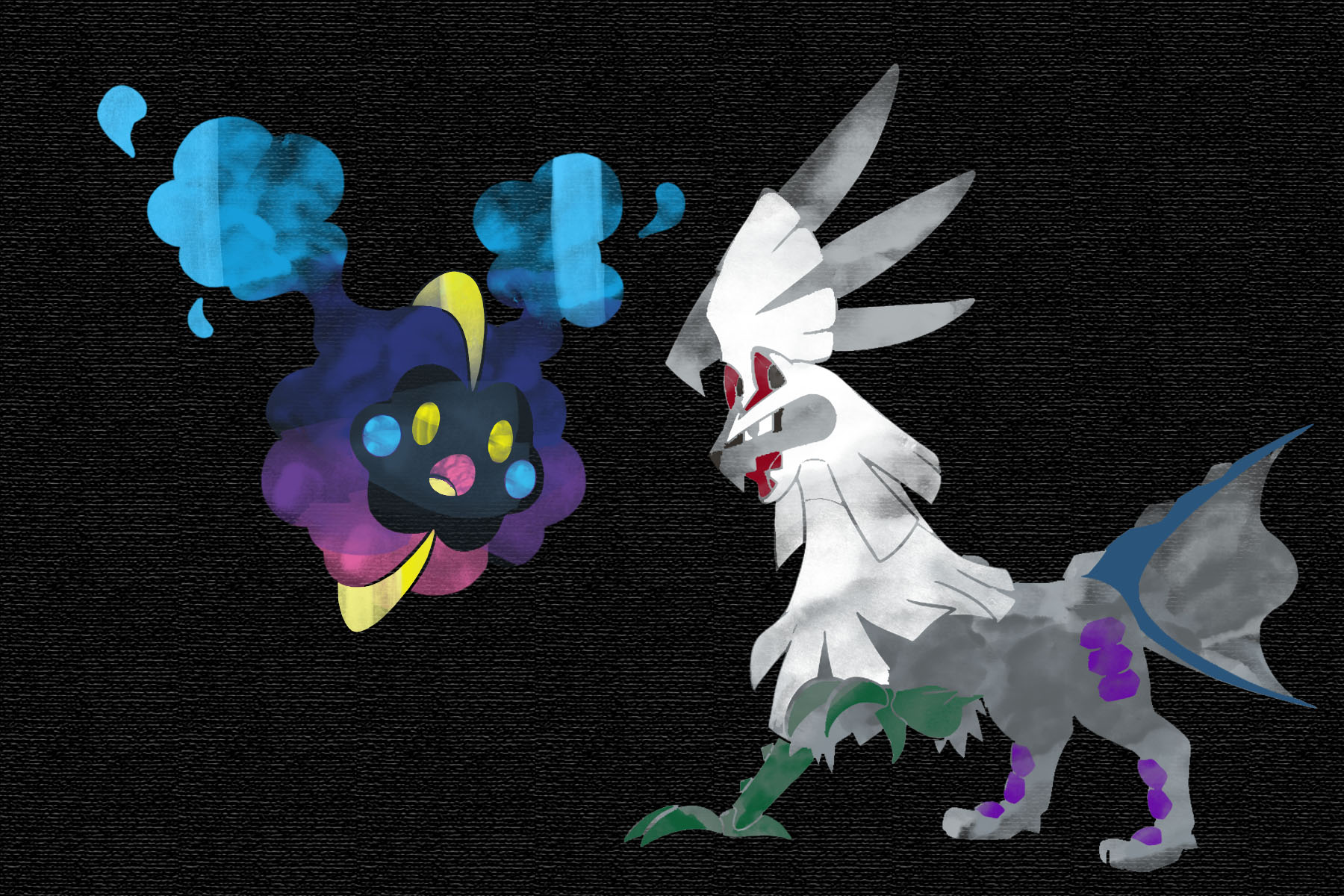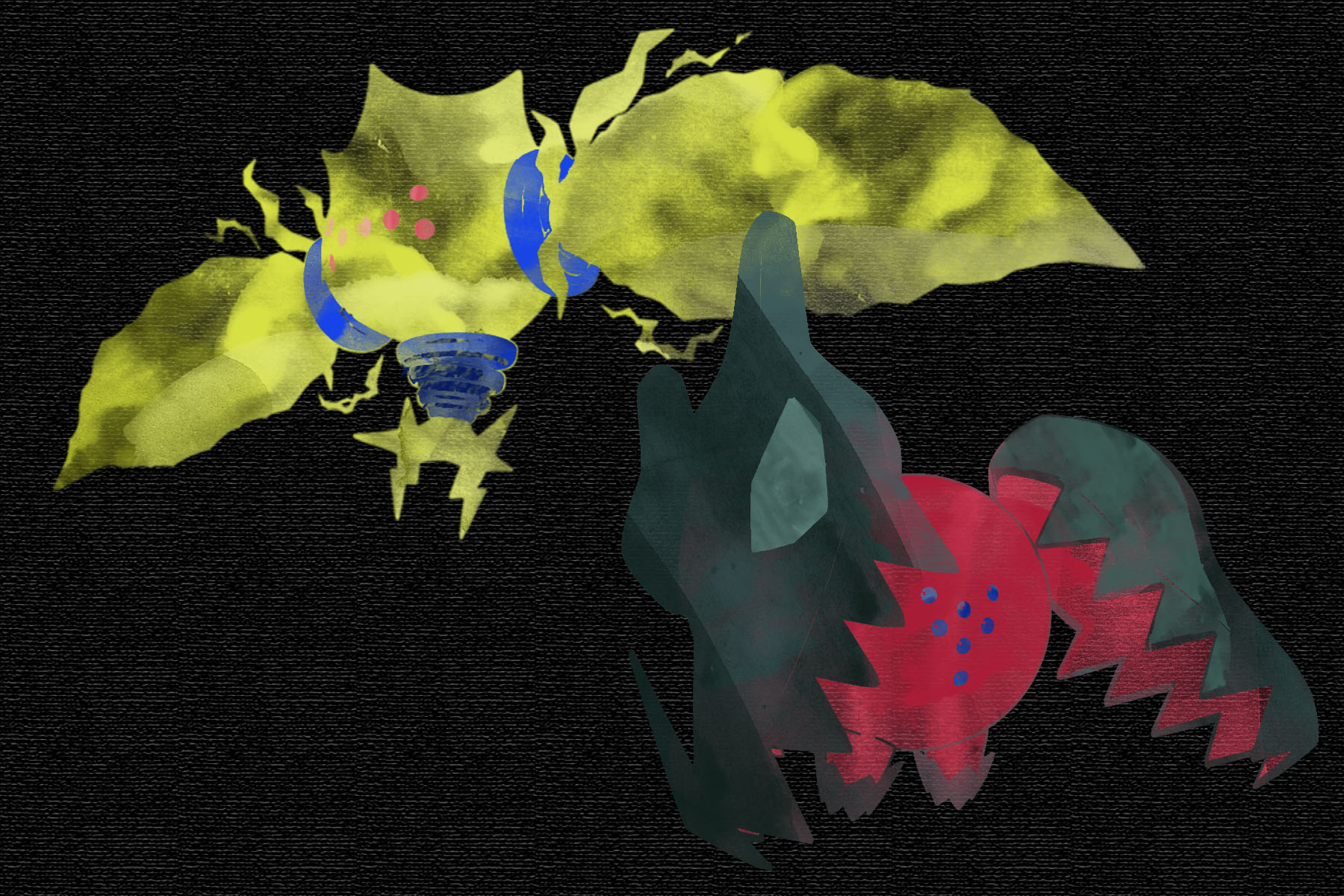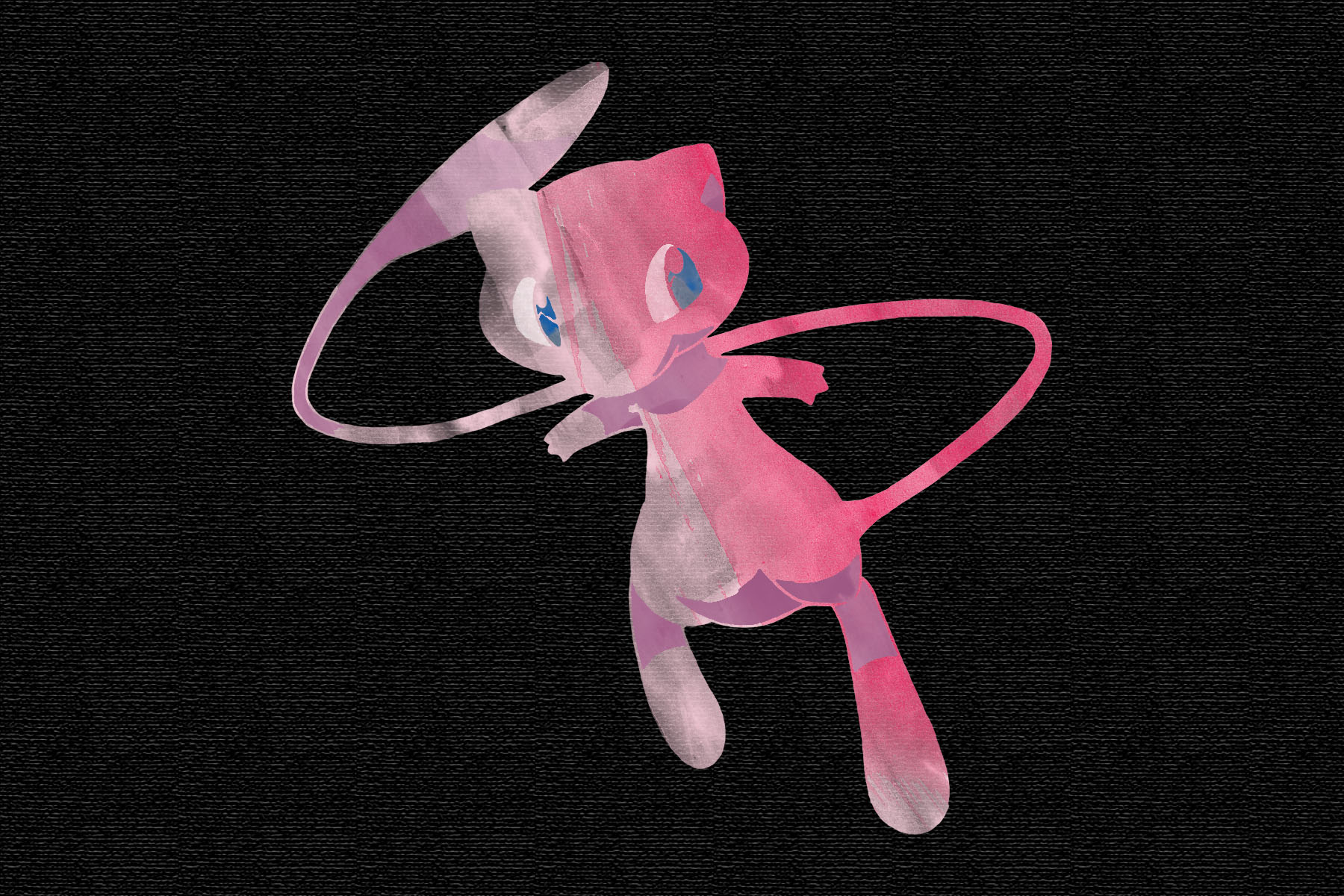Pokemon is a series that I was there for from the beginning, before having a passing relationship with it until late 2018, when I regained some interest. For those of you who missed my last installment or need a refresher, just as 2020 was starting, I rekindled my interest in the Pokemon franchise by collecting a straight run through the core series, with the intention of making my way through as time allowed. Then the pandemic happened and I played all of Pokemon Platinum, Black, Black 2, X, Omega Ruby, and Ultra Sun between January 2020 and May 2020. Beyond some issues with pacing, I walked with a pretty big observation: there are too many legendary Pokemon.
Last time, I broke down the legendary pokemon in generations one through five. Today, we will be finishing my exploration of the availability, relevance, and notoriety within each game these legendary creature first appeared in. While I personally consider mythical pokemon to be in the legendary category, I will be elaborating on how you collect them, but I will be giving my two-cents on their existence and distribution.

A Reboot of Sorts
Starting out in the sixth generation we actually saw a huge decrease in the amount of legendary Pokemon featured in Pokemon X & Y. Perhaps this comes down to the fact that unlike other generations, the Kalos region never saw a third installment, such as Pokemon Crystal during generation two or Pokemon Emerald during generation three. This go around we got the two box art legends, Xerneas and Yveltal, who are found in the Team Flare base just after the seventh gym. This is another in a long line of legends that are now traditionally found directly in the path of the player. Lastly, there was Zygarde—the then-assumed box legend of “Pokemon Z”—who could be captured after defeating the Elite Four in the Terminus Cave.
To be honest, Zygarde feels a little out of place in these games. I know that Mewtwo had basically the same postgame purpose, but Mewtwo came with some foreshadowing if you were paying close attention. Having not been playing the games at the time, I’m unsure why the third installment “Z” wasn’t produced. The 20th anniversary of the franchise was coming up in 2016, so perhaps it was deemed more important to have the next generation of games ready, instead of committing resources to the director’s cut version of Kalos. Either way, Zygarde received some pieces of lore in the seventh generation of games, which may have been part of what Game Freak planned prior.

Island Guardians and Space Monsters
As an inverse to the sixth generation, generation seven was a little unwieldy by comparison, introducing 11 new legendary pokemon—all in the post-game. Starting with the Guardian Deities, Tapu Koko, Tapu Lele, Tapu Bulu, Tapu Fini, each would reside on one of the four islands that made up the Hawaii-inspired region. After becoming Alola’s first champion, you would be deemed worthy to enter each of the ruins and capture the four fairy-typed legends.
We also have the first legendary Pokemon that evolves in Type: Null, a man-made chimera of sorts, designed by the evil Aether Foundation to fight Ultra Beasts—which are pokemon from other dimensions, I think. Received in the post-game, Type: Null evolves through having a high friendship into Silvally, a pokemon with the ability to change its type based on the memory disc it holds.
Overall, I really like the idea of Type: Null, regardless of it having the significance of evolving. It’s a weird thing that exists in-universe, but has a purpose the player can draw conclusions back to if they engage in the story being told. In this way I’m reminded of Mewtwo or even Regice, Registeel, and Regirock, as they all don’t naturally fit into their debut regions, but reward the player for investigating the region with some curiosity.
Then there is Cosmog, a legendary Pokemon whose only moves are Splash and Teleport until it evolves into Cosmoem at level 43 and the box art legend of your game, Solgaleo in Pokemon Sun/Ultra Sun and Lunala in Pokemon Moon/Ultra Moon at level 53. Once again, I like the use of Cosmog in these games, as you encounter it before you’ve even gotten your starter pokemon and it travels with one of my companions the entire game. But since it has a branched evolution and becomes available in the post game, it’s awfully time intensive to collect two of them and trade one to a friend with the opposite version to evolve it for you, if you’d like to have both box art legends in your collection.
Lastly there is Necrozma, the final threat in the story before you head to the Pokemon League in the Ultra games, but I think is just lying at the bottom of a crater in Sun/Moon. Overall, even though the list of available legends in this generation is actually pretty short since several are a part of evolutionary lines, this generation felt the most cumbersome to collect in all of my playthroughs. Packing all of them into the post-game meant that I was already mentally done with the games by the time I was able to go out exploring for them. Had the the Guardian Deities been made available to me not long after reaching the fourth island or Type: Null could have been snagged early by doing a challenging side quest in lieu of waiting to receive it in the post game, maybe I would have felt a sense of agency to have a pokemon or two before the game was over.

Pokemon Does DLC
At the onset of the most recent generation, it seemed as if we were getting an encore of Kalos’s dialed back offerings. In the base game you end up getting Eternatus as a final act surprise, just before fighting the region’s champion. Having played through the game again on a separate save file, there is some foreshadowing of this spiny dragon’s existence, but during my first campaign, I will admit that Eternatus really feels like it comes out of nowhere.
These game’s mascots are Zacian and Zamazenta, who become available after a lengthy post game side quest and are exclusive to their titles. This means that to collect them both, you can expect to play through your game twice and trade with somebody with the other version in about 18 hours of gameplay. While I really like the design of these two, I was really let down that Zacian was not apart of my party during any of my first playthrough of Sword.
Pokemon Sword and Shield were the first in the core series of games to receive DLC, which is partially why I was shocked with the limited showing of legendaries when returning to the franchise after eighteen years. The two DLC packs each came with their own legendary pokemon, and in a different generation, I think these would have been reserved as mythical Pokemon. I can appreciate what is done with The Isle of Armor and The Crown Tundra, building an experience around the two primary legends, as to endear somewhat to the player.
On The Isle of Armor you are given Kubfu, who has a variant of split evolution, depending on which tower on the island you decide to train in. If you climb the Tower of Waters, Kubfu evolves into a Fighting/Water Urshifu. Whereas by climbing the Tower of Darkness, your Kubfu becomes a Fighting/Dark Urshifu. This family of pokemon is forgettable, but the theme of choice present in their design made me hopeful for what we may see going forward.
A few months later, we got my favorite part of Sword/Shield in the expansion, The Crown Tundra. With it came an even stronger sense of choice that made the experience certainly memorable. During your trip to the snowy tundra, you have the option of choosing between several pairs of legendary pokemon, between Regieleki and Regidrago & Glastrier and Spectrier. The Regis share a temple unlocked similar to the Regi quests in Ruby/Sapphire and it’s your choice which you face. The latter duo of Glastrier and Spectrier are also choices left up to the player in their quest to gain Calyrex—the mascot of the DLC.
Finally, capping off the generation thus far, we have been given the first regional variant of legendary Pokemon by bringing back the trio of birds from Red and Blue. These are notable because they are what I would consider pseudo roaming in that after encountering them, they disperse to populate the three different parts of the map; main land Galar, The Isle of Armor and The Crown Tundra. I consider them pseudo roaming because if you can determine where they will show up, they will always follow the same path. This creates a mini game of sorts, as you have to race Zapdos, taunt Moltres into fighting you, and solve a puzzle to get Articuno.

Briefly Mythical
In most generations, there are ways built in to collect the legendary Pokemon that have appeared in previous generations. My personal journey towards obtaining these creatures became a constantly building checklist that I would need to satisfy eventually. But that does leave the topic of trying to procure mythical pokemon, which for the uninvested are essentially event legendaries that are not commonly accessible in a physical copy of a game. The most well-known example being Mew, which was coded into Pokemon Red and Blue, but could only be accessed through limited-time real world events or performing a glitch.
The methods of getting any of the twenty-two current mythical Pokemon are extremely varied, which is part of the reason I avoided going in-depth on the topic for these articles. And I have no problem with the fact that there are exclusive Pokemon within a generation that can be given out to reward people that stay current with the series. The issue that I run into, fairly or not, is that after an extended break for the franchise, I currently don’t have a viable way to collect them. And as we are in the 25th Anniversary of the franchise, I’m bewildered that some kind of giveaway of these rare pokemon hasn’t been used for fanfare.
I really enjoy Pokemon, even if it is a secondary hobby to the investment that is Magic: the Gathering. One of the highlights of returning to the franchise was the wealth of content that existed, especially having all my accumulated knowledge about RPGs to better my experience. In the first two generations, legendary pokemon built upon each other very successfully and rewarded scouring the map for secret locations, I appreciate that in hindsight. Now, there are enough legendary Pokemon in a given game that you will generally have one before you go on to defeat the Elite Four. That does not change the fact that I undoubtedly believe that there may be so many legendary Pokemon that they lose a little bit of what made them feel so special.
That said I still think that some of my favorite legends come from the fourth and fifth generation and I really look forward to giving the player agency by making choices a little more common, especially with how easy trading between players has become. I feel safe in saying that I am ready to put down the topic of Pokemon for a good while and return back to talking about different kinds of legendary creatures. I will see you next time.
Ryan Sainio is a Graphic Designer who writes about EDH and the EDH community. He has been playing Magic: the Gathering since 7th Edition in 2002 and values flavorful and fun gameplay over competitively optimized decks.

